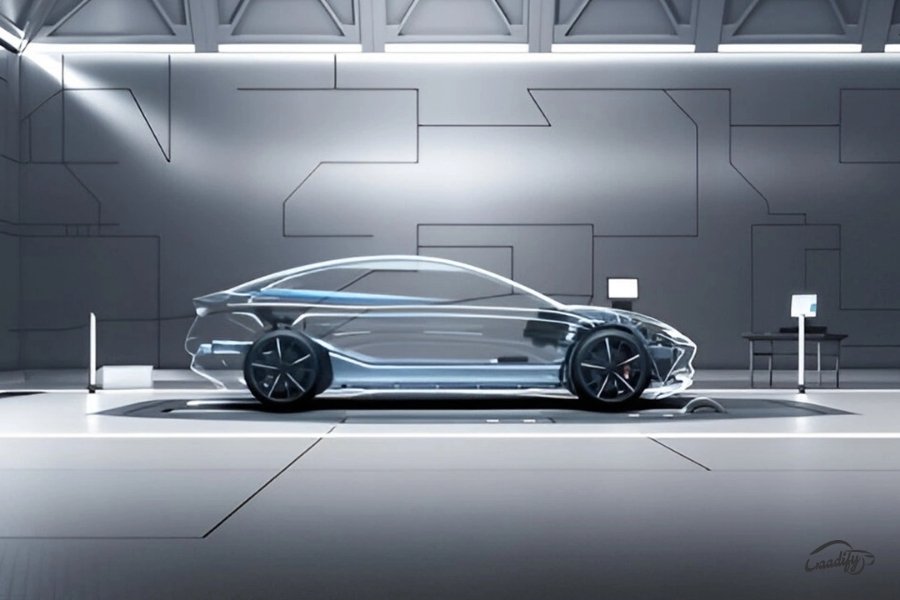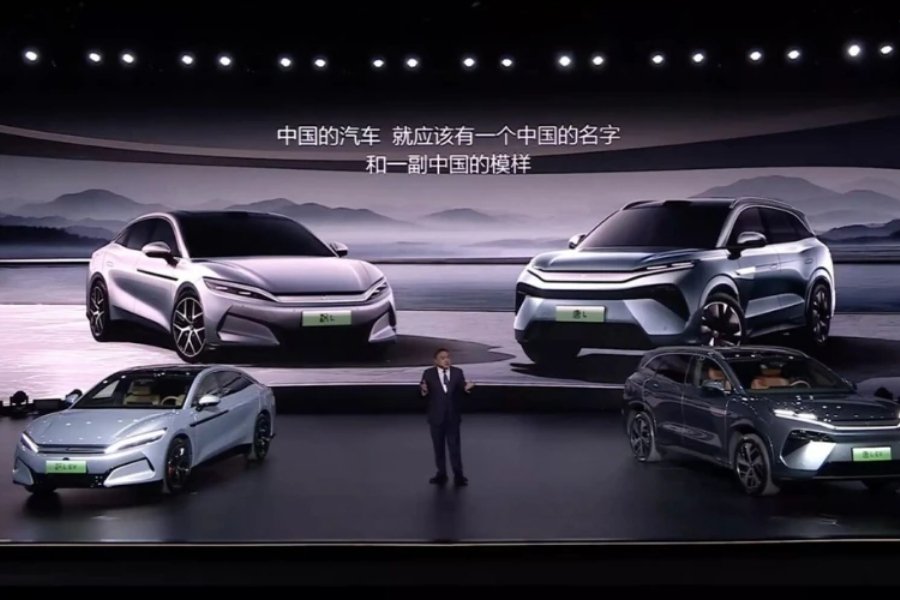BYD is redefining the EV charging experience with its latest Super e-Platform that supports ultra-fast charging of up to 1,000kW that can provide a 400km range in just five minutes of charging, promising charging speeds comparable to refuelling an ICE vehicle. This groundbreaking technology aims to eliminate long charging wait times, making EVs more convenient than ever.
New BYD Super e-Platform
- The BYD’s Super e-Platform comes with a 1,000V high-voltage system that offers a charging speed of up to 1,000 kW, allowing users to gain 2 km of range per second.
- In practical terms, a quick 5-minute charge can deliver up to 400 km of driving range, bringing EV charging speeds on par with refuelling a petrol/diesel car.
- This latest platform uses a new Blade battery called “flash charge” that utilises the lithium iron phosphate (LFP) chemistry, which is known for its stable chemical structure and high thermal stability. They also offer a higher cycle life and are less prone to overheating and thermal runaway.
- BYD has also introduced a new 1360kW liquid-cooled mega-charger, designed to complement the Super e-Platform’s ultra-fast charging speeds. This advanced unit ensures efficient battery replenishment without overheating/damage.
- The company aims to deploy over 4,000 of these chargers across China.
Also Read: 2025 MG Comet EV Launched With More Features

- This new platform also features a new high-revving motor with speeds of up to 30,511 rpm, making them the highest-revving mass-produced electric motors to date. It is capable of speeds of up to 300 kmph.
- The HAN L and TANG L will be the first models built on this platform. They will be sold exclusively in China.
- These upcoming EVs will use a 312hp front and a 788hp rear motor, making for a combined output of 1,100hp. This enables these EVs to hit the century mark on the speedometer in just 2.7 seconds and 3.6 seconds for the Han L and Tang L, respectively.
Also Read: BYD Sealion 7 Launched At Rs 48.90 Lakh
Author’s Take
BYD’s Super e-Platform marks a significant leap in electric vehicle (EV) technology, particularly in fast charging. However, despite its groundbreaking potential, there are a few key challenges to consider.
- First, the practicality of rolling out such an advanced charging network remains a major hurdle, especially in markets like India. While BYD plans to install over 4,000 of these chargers in China, replicating this scale in India would require extensive infrastructure development, substantial investment, and policy support.
- Second, the high-revving motors (up to 30,511 rpm) and the ultra-fast charging capabilities raise concerns about long-term battery health and energy efficiency. Managing heat dissipation and maintaining consistent performance under real-world conditions will be crucial to ensuring the longevity of these EVs.
While it may take time for such advanced charging infrastructure to reach India, this surely promises a future for mass EV adoption. If manufacturers and policymakers can work together to create a robust charging ecosystem, innovations like BYD’s Super e-Platform could be a game-changer for the global EV industry. However, its success will depend on how efficiently these challenges are addressed.


